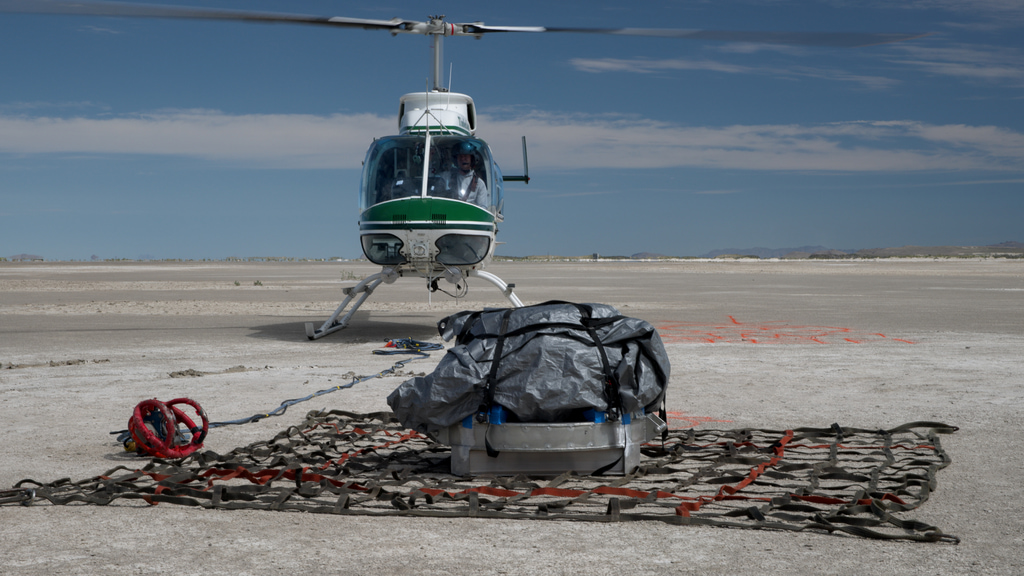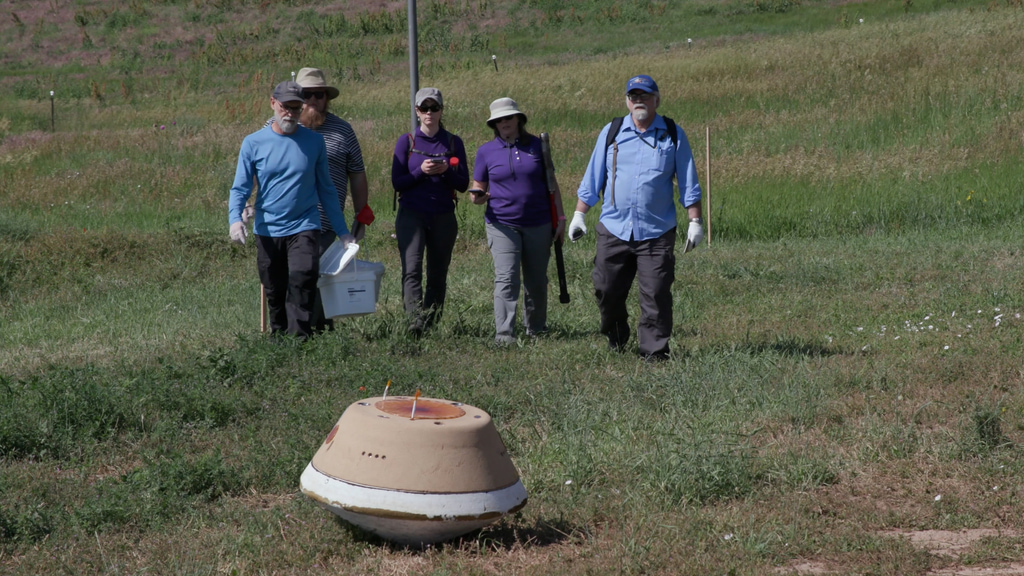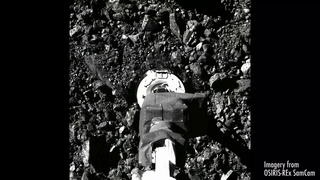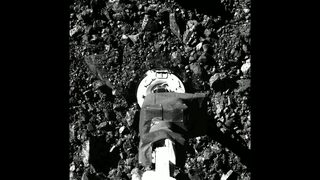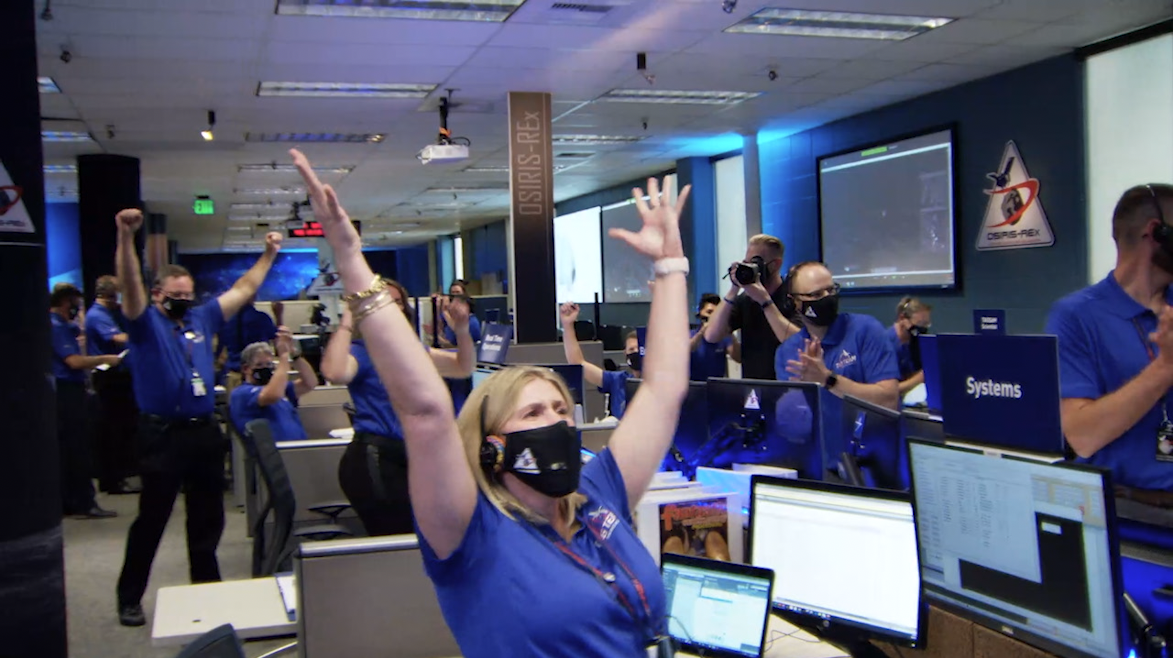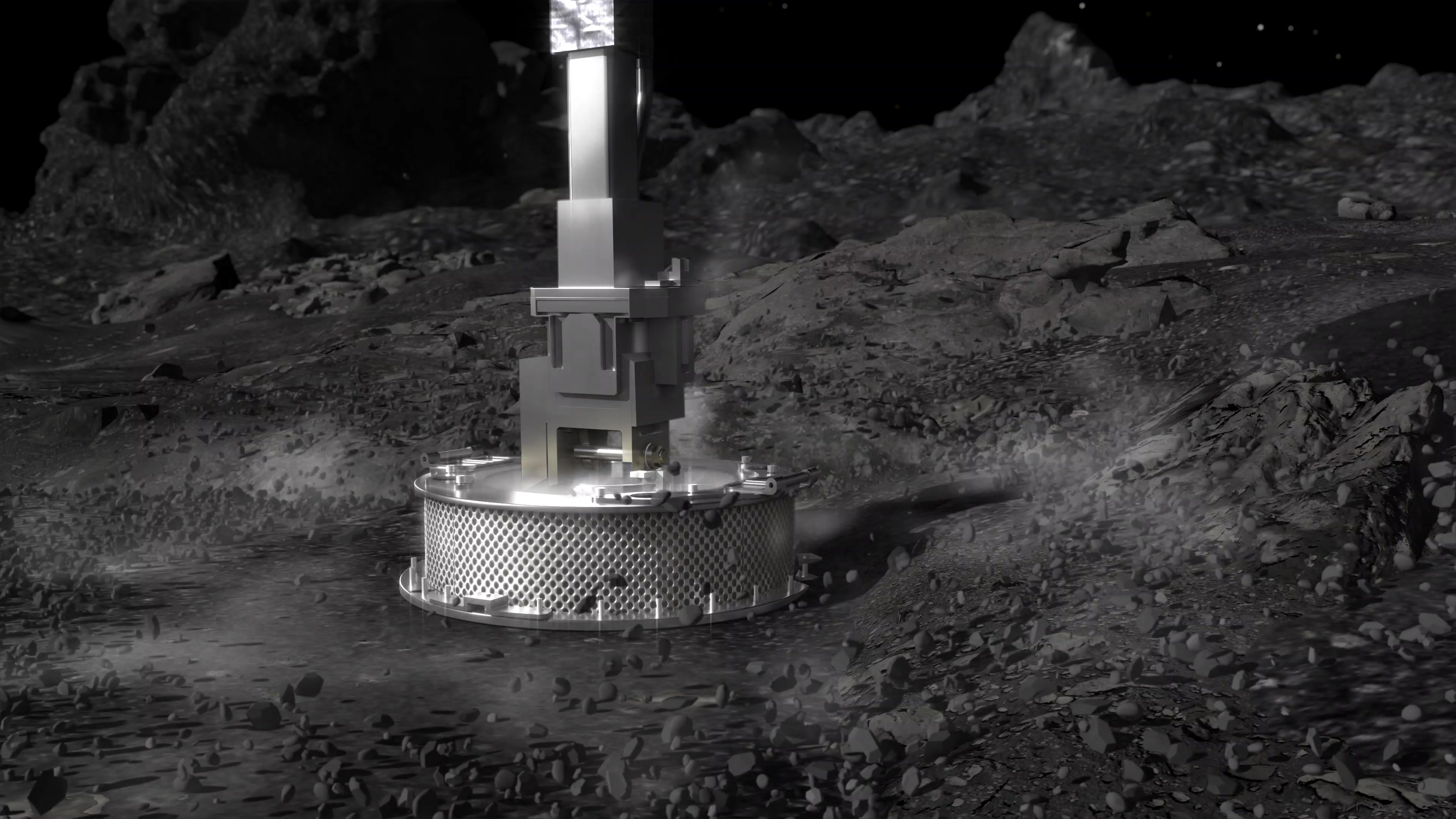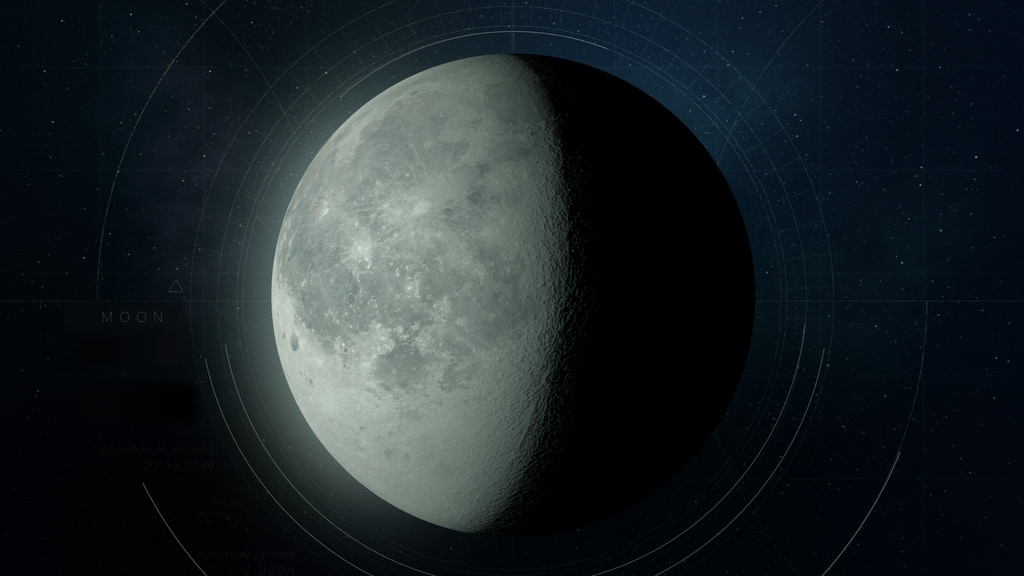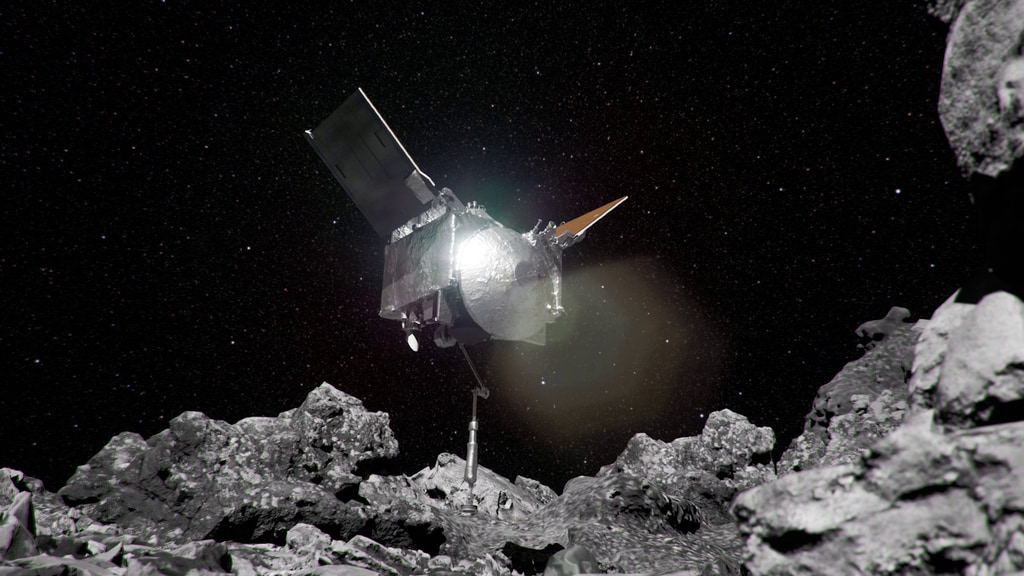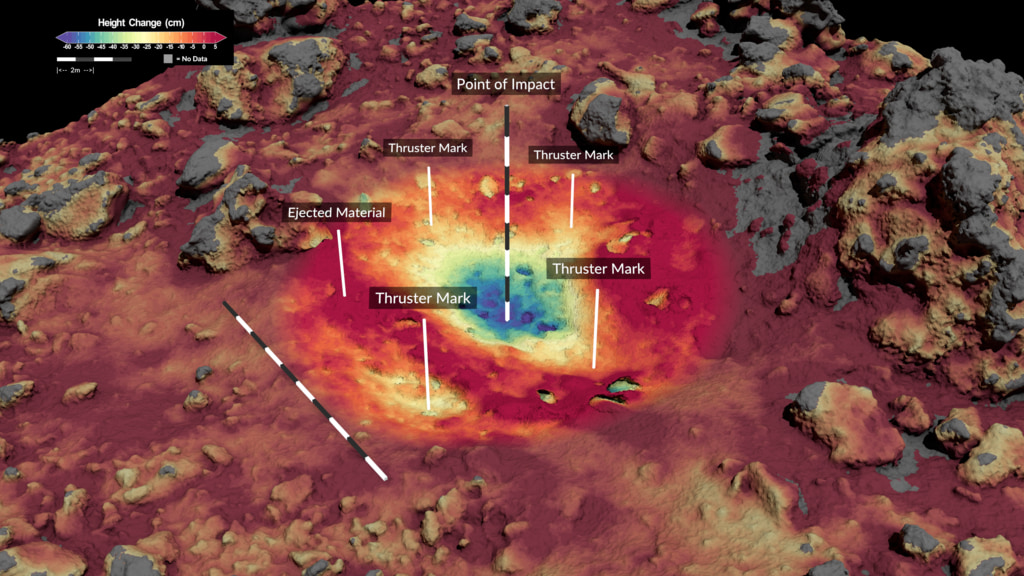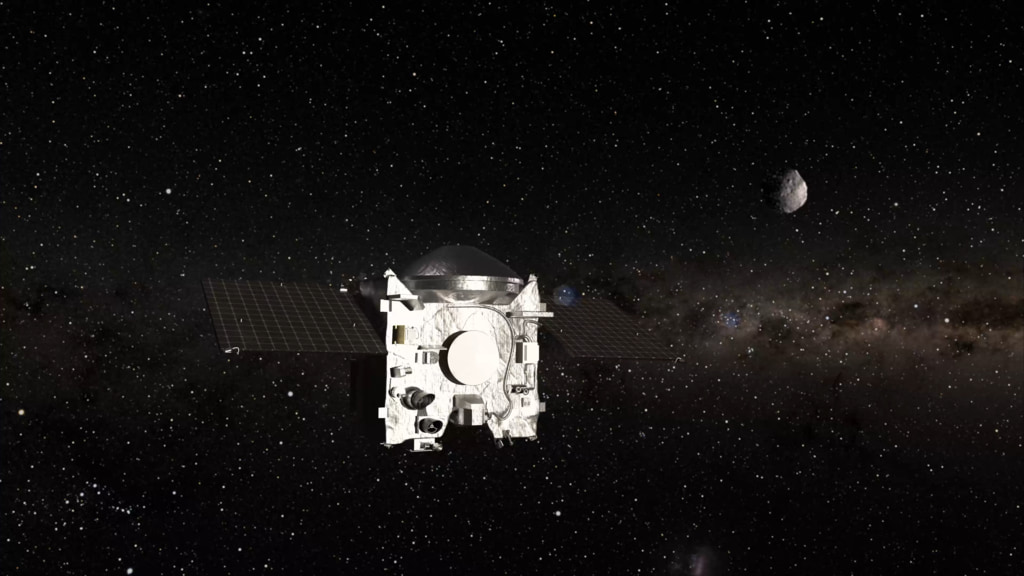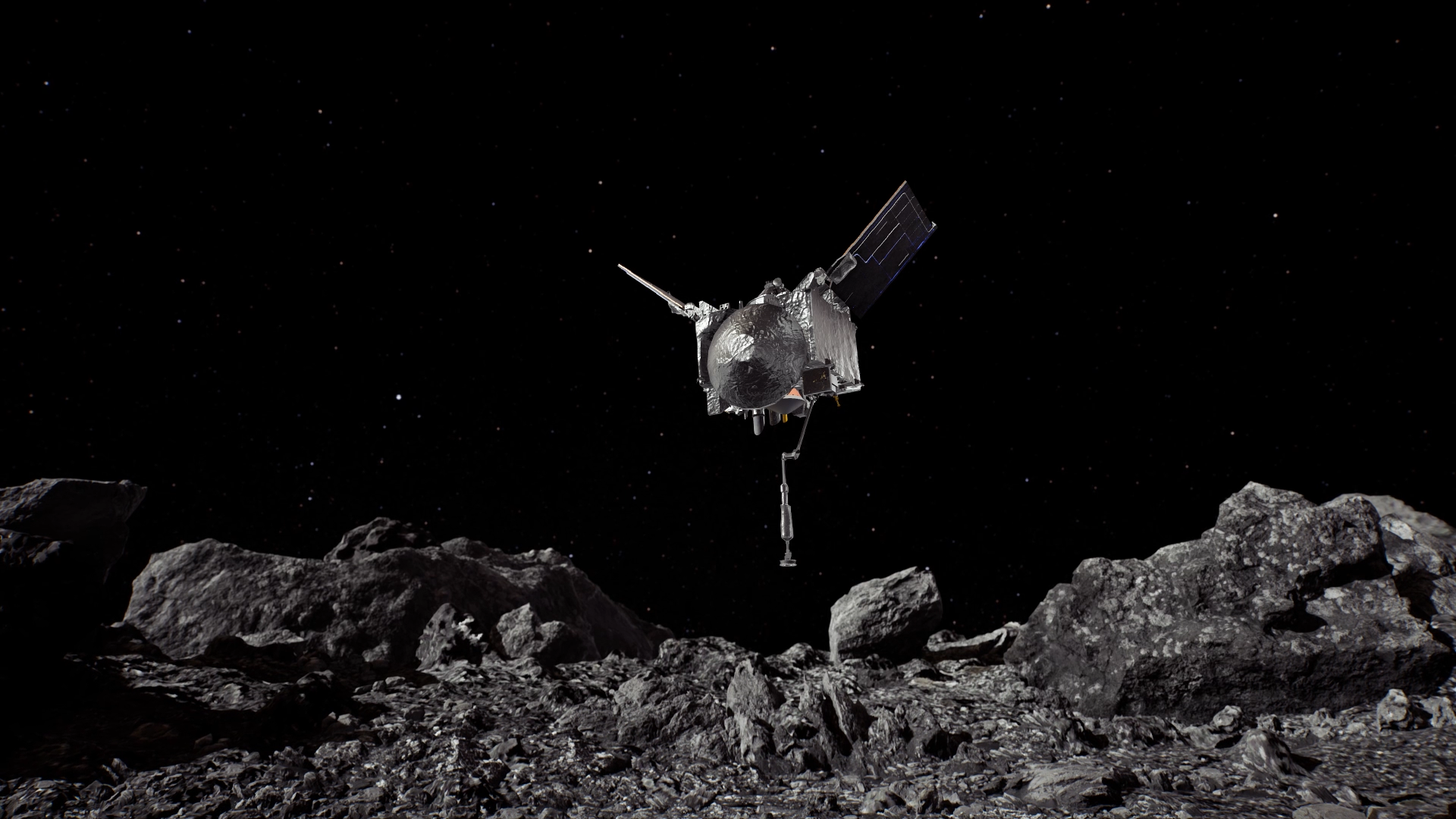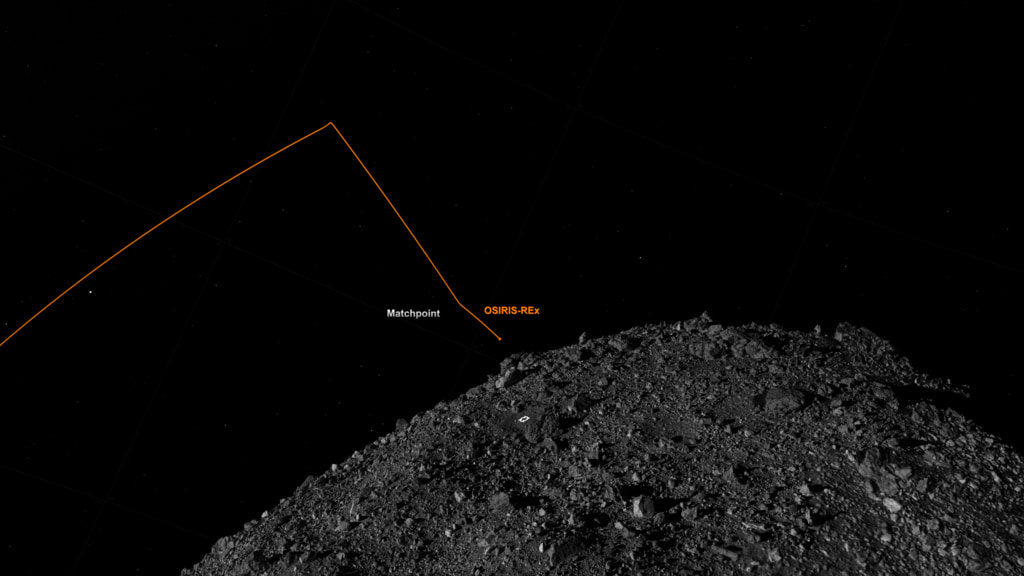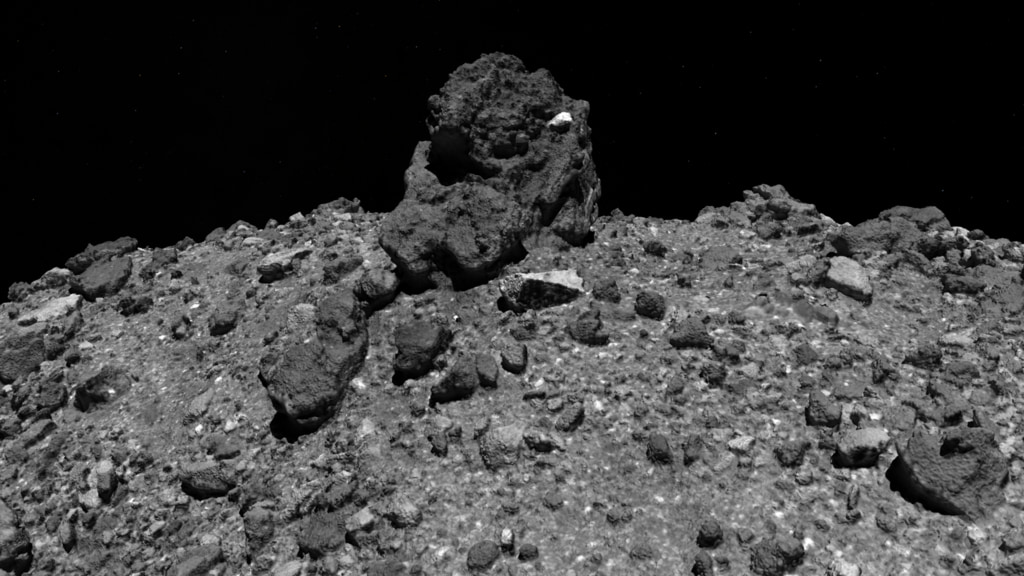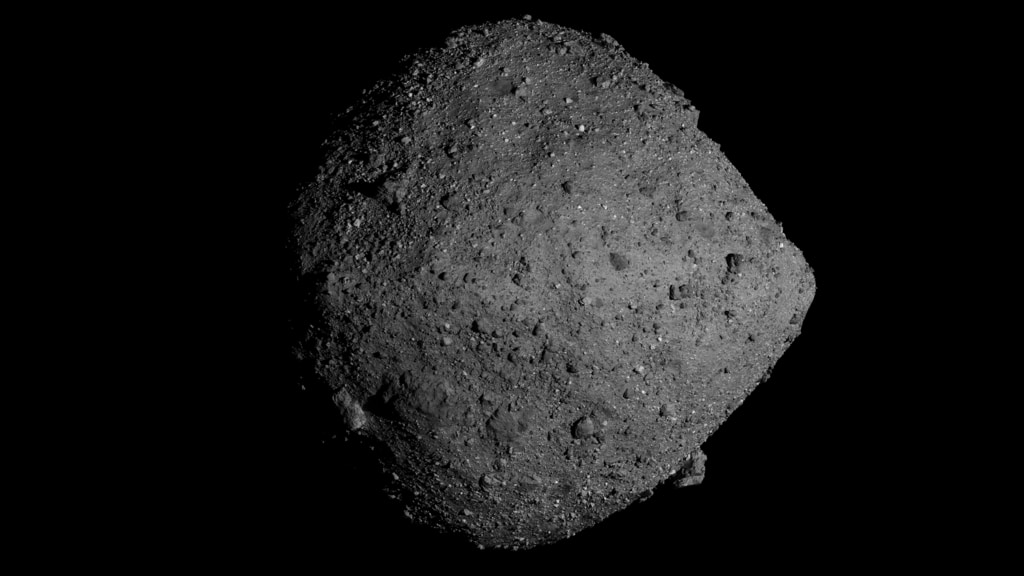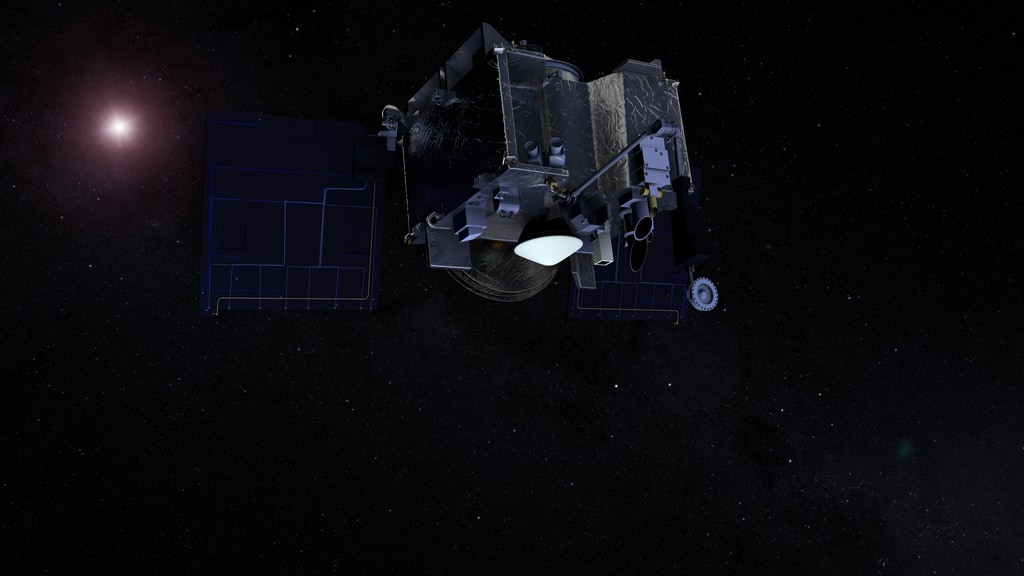Asteroid Bennu’s Surprising Surface Revealed by OSIRIS-REx
When OSIRIS-REx touched down on asteroid Bennu, it encountered a surface of loose rocks and pebbles just barely held together by gravity.
Complete transcript available.
Universal Production Music: “Subsurface” by Ben Niblett and Jon Cotton
Watch this video on the NASA Goddard YouTube channel.
On October 20, 2020, NASA’s OSIRIS-REx spacecraft collected a sample of near-Earth asteroid Bennu. This “TAG event” revealed surprising details about Bennu’s loosely-packed surface. The spacecraft’s arm sank almost half a meter into the asteroid, far deeper than expected, confirming that Bennu’s surface is incredibly weak. During the event, OSIRIS-REx collected a handful of material and kicked up roughly six tons of loose rock. It will return its sample of Bennu to Earth in September 2023.
NO TITLES – Version for video editors.
Revisit the TAG event in this narrated video and learn why asteroid Bennu’s surface is surprisingly weak.
Complete transcript available.
Universal Production Music: “Difficult Conversation” and “Into Motion” by Peter Larsen; “Big Data” by Dominique Dalcan; “Subsurface” by Ben Niblett and Jon Cotton; “Crypto Current” by Dominique Dalcan; “Spaceman” by Rainman
Watch this video on the NASA Goddard YouTube channel.
Version for Instagram Reels of full video.
When OSIRIS-REx touched down on asteroid Bennu, it encountered a surface of loose rocks and pebbles just barely held together by gravity.
Complete transcript available.
Universal Production Music: “Subsurface” by Ben Niblett and Jon Cotton
For More Information
See the following sources:
Credits
Please give credit for this item to:
NASA's Goddard Space Flight Center/Conceptual Image Lab/Scientific Visualization Studio
-
Producers
- Dan Gallagher (KBR Wyle Services, LLC)
- James Tralie (ADNET Systems, Inc.)
-
Animators
- Jonathan North (KBR Wyle Services, LLC)
- Alexander Bodnar (Advocates in Manpower Management, Inc.)
- Adriana Manrique Gutierrez (KBR Wyle Services, LLC)
- Walt Feimer (KBR Wyle Services, LLC)
- Lisa Poje (Freelance)
-
Data visualizer
-
Kel Elkins
(USRA)
-
Kel Elkins
(USRA)
-
Narrators
- Dan Gallagher (KBR Wyle Services, LLC)
- James Tralie (ADNET Systems, Inc.)
-
Scientists
- Dante Lauretta (The University of Arizona)
- Kevin J. Walsh (Southwest Research Institute)
- Ron Ballouz (The Johns Hopkins University Applied Physics Laboratory)
- Olivier Barnouin (JHUAPL)
-
Public affairs officers
- Rani Gran (NASA/GSFC)
- Nancy Neal-Jones (NASA/GSFC)
-
Support
-
Ernie Wright
(USRA)
-
Ernie Wright
(USRA)
-
Technical support
- Aaron E. Lepsch (ADNET Systems, Inc.)
Missions
This page is related to the following missions:Series
This page can be found in the following series:Release date
This page was originally published on Thursday, July 7, 2022.
This page was last updated on Wednesday, May 3, 2023 at 11:44 AM EDT.
![Learn why NASA chose near-Earth asteroid Bennu as the target of the OSIRIS-REx sample return mission.Complete transcript available.Universal Production Music: “Spin Foam” by Mauricio Loseto [PRS], Ninja Tune Production Music [PRS]Watch this video on the NASA Goddard YouTube channel.](/vis/a010000/a014300/a014398/why-bennu-preview.jpg)
